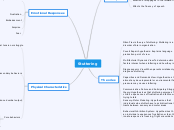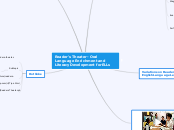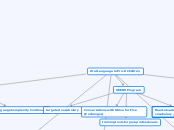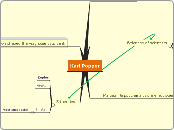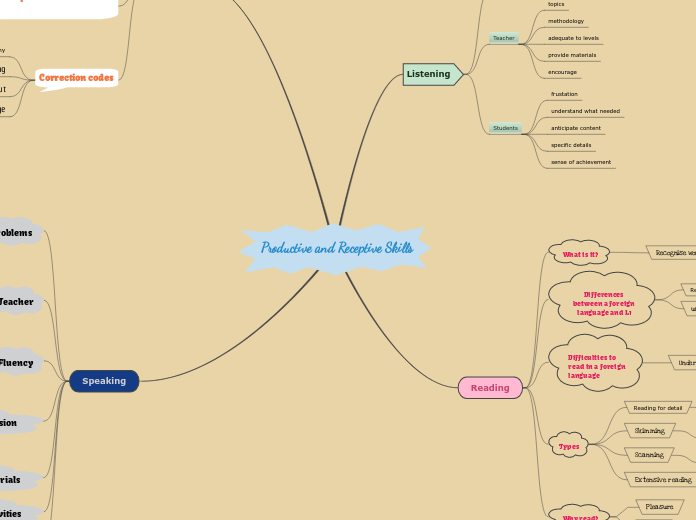jonka Brianna Akins 7 vuotta sitten
446
Stuttering
Stuttering is a complex and mysterious speech disorder marked by frequent and prolonged stoppages in the flow of speech, impacting fluency. It can lead to significant emotional responses such as embarrassment, surprise, fear, and frustration, causing individuals to limit their participation in social, academic, and professional settings.
